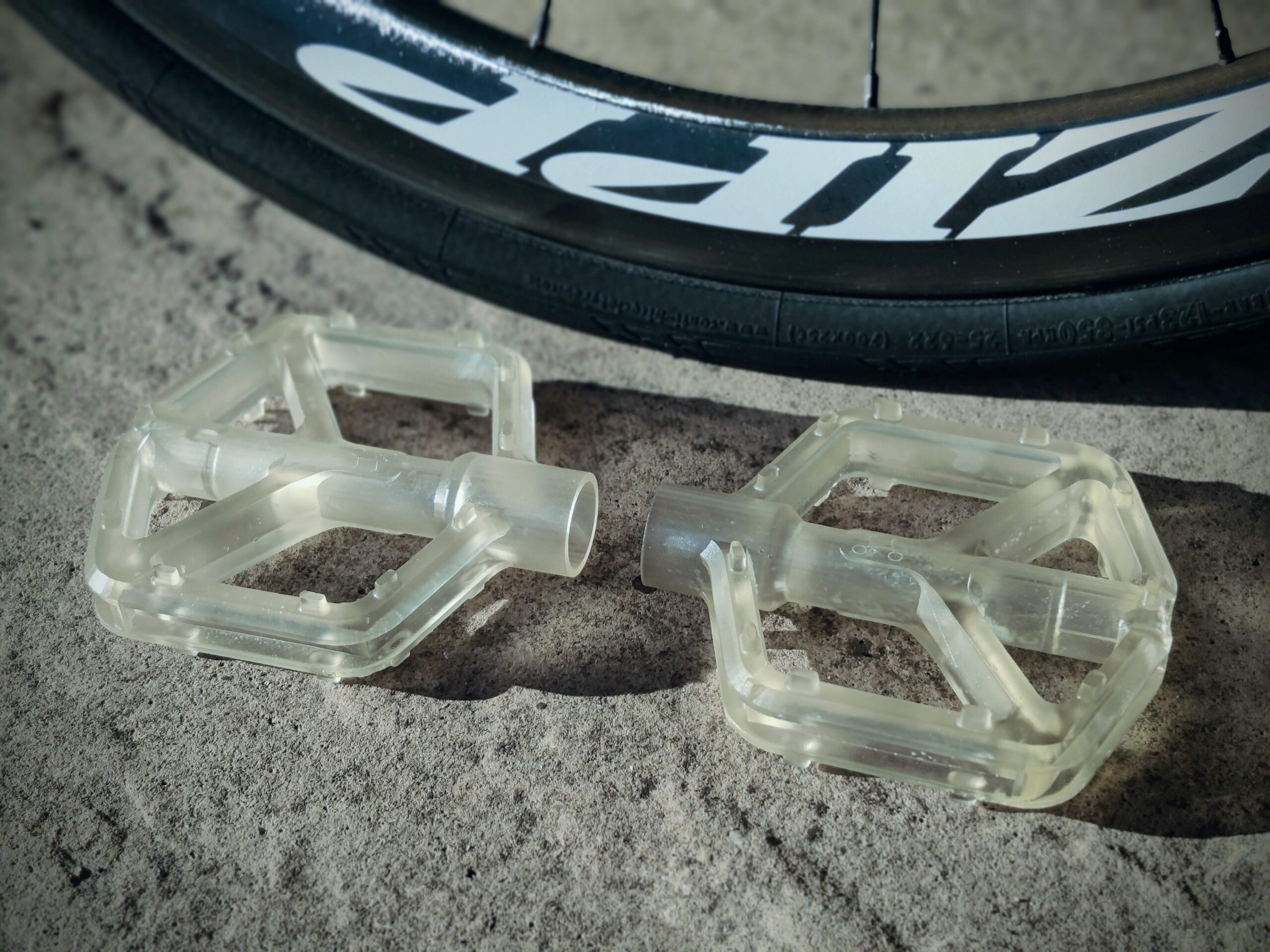
Technology overview
Sand blasting is a post-processing technique commonly employed to enhance the surface finish and functionality of 3D printed components. This process utilizes abrasive media propelled by compressed air to carefully refine and prepare the surface of 3D printed parts.
Procedure
- 3D printed parts are placed within a sandblasting chamber.
- Compressed air, mixed with abrasive media such as sand, glass beads, or aluminum oxide, is forcefully directed through a nozzle.
- The abrasive particles impact the surface of the 3D printed part, efficiently removing imperfections and layer lines.
Max part dimension
n/a
tolerance
± 0.5% (min: ± 0.3 mm)
lead time
From 1 Calendar Day – (We work 7 days a week)
resolution
n/a
Benefits
- Surface Refinement: Sand blasting effectively smoothes the surface of 3D printed parts, diminishing roughness and enhancing visual appeal.
- Support Removal: It efficiently eliminates support structures and excess material, simplifying the finishing process.
- Mechanical Enhancement: Sand blasting can relieve residual stresses within the printed parts, improving their overall mechanical properties.
- Coating Adhesion: The process creates a textured surface that promotes better adhesion for coatings and paints.
Applications
- Aerospace and Automotive: Essential for 3D-printed parts in aerospace and automotive industries, enhancing surface smoothness and improving durability. It ensures a high-quality finish and better adhesion for coatings, critical for top-tier performance.
- Medical Devices: Medical implants and devices necessitate exceptional surface finish and biocompatibility, making sand blasting a critical step in production.
- Consumer Goods: Items like consumer electronics and jewellery often require a polished appearance, achievable through blasting.
